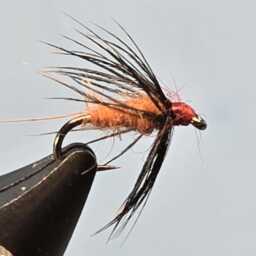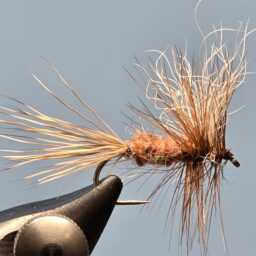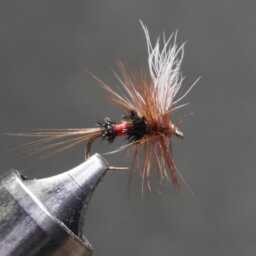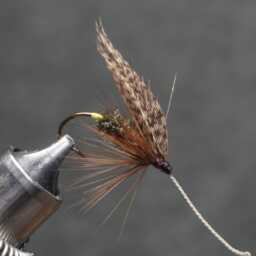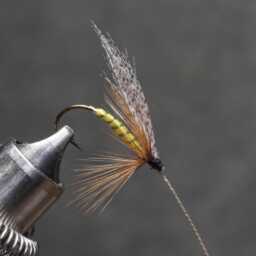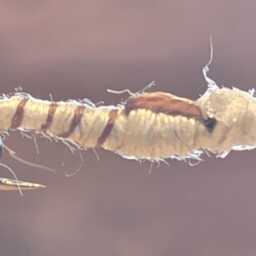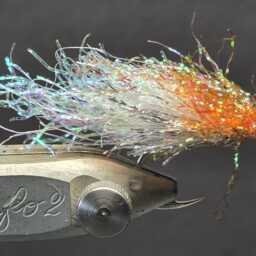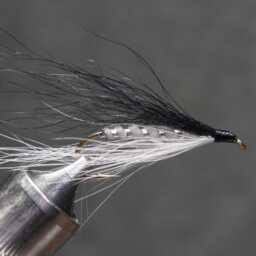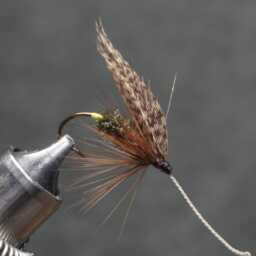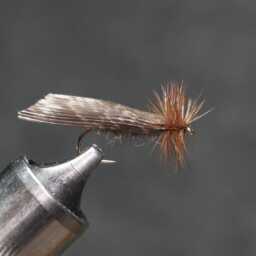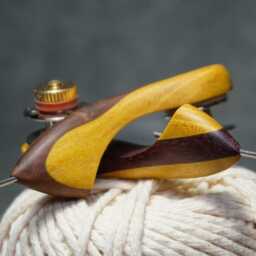Fly Tying: In the 1800s, the feathers of the scarlet ibis were used for fly tying, including for the wet fly named after the bird.
Feather Use: Scarlet ibis plumage was employed in various fly patterns. Scarlet is defined as a red shade leaning toward orange, while crimson is a deeper red hue, resembling fresh blood.
Substitutes: Today, dyed goose or duck feathers serve as suitable alternatives as scarlet ibis plumage is no longer available or extremely limited.
Scarlet Ibis Fly: The fly pattern named after the bird itself typically utilized scarlet ibis wing or body plumage to create a vivid, eye-catching pattern.
Ibis and White: This pattern combines scarlet ibis feathers with white materials to create a contrasting and visually appealing fly.
Red Ibis: Another fly pattern that relied on the scarlet ibis plumage, often paired with red or other complementary colors to enhance its attractiveness to fish.
These patterns, among others, used the scarlet ibis feathers to create unique and effective fly designs. However, due to conservation concerns and restricted availability of scarlet ibis plumage, substitutes like dyed goose or duck feathers are now commonly used in contemporary fly tying.
Description: Ibises are long-legged wading birds found in wetlands, forests, and plains, characterized by their long, downcurved bills.
Habitat: They inhabit wetlands, forests, and plains, feeding in groups by probing mud for crustaceans. They are monogamous and territorial during nesting and feeding.
Nesting: Most ibises nest in trees, often alongside spoonbills or herons. While all extant species are capable of flight, two extinct genera, Apteribis and Xenicibis, were flightless.
Etymology: The term “ibis” originates from Latin “ibis,” Greek “ἶβις,” and Egyptian “hb, hīb.”
Characteristics:
Species: Around 26 species exist within the subfamily Threskiornithinae of the family Threskiornithidae, ranging in length from 55 to 75 cm (22 to 30 inches).
Habitat Range: Ibises are found in warm regions globally except for South Pacific islands. They wade in shallow water bodies, using their bills to feed on small fish and soft mollusks.
Breeding: They breed in large colonies, creating compact stick nests in bushes or trees, typically laying three to five eggs with dull white or mottled brown coloring.
« Back to Glossary Index
